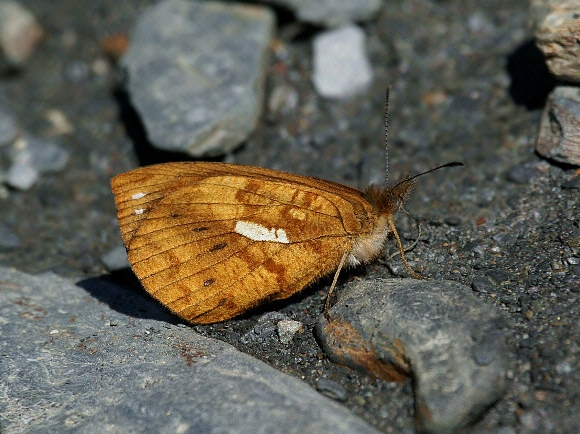
Introduction
There are 1100 known species of Satyrinae in the neotropical region. About 570 of these are placed in the subtribe Pronophilina – a diverse group of high altitude cloudforest butterflies, all of which are confined to the neotropical region. The vast majority are found only in the Andes, but 4 species are known from the Atlantic cloudforests of Brazil, and there are a further 6 species that are endemic to Guatemala, Costa Rica or Mexico. More oddly there is one genus Calisto that is found exclusively on the Caribbean islands of Cuba and Hispaniola.
The genus Lymanopoda comprises 57 small species, all of which share the same wing shape. Many of them have only been discovered since the 1990’s and it is certain that additional species will be found as the cloudforests are more intensively explored. All species in this genus are restricted to the Andes, with the exceptions of cinna which is Guatemalan, and euopis which is Costa Rican.
There are several other species which can easily be confused with translucida, including ferruginosa, rana, hockingiana and araneola. Only translucida, hockingiana and araneola have an acute forewing apex. The illustrated butterfly could possibly be araneola or hockingiana, but in both of these the hw discal bar is normally yellow rather than white.
Lymanopoda translucida is found in the eastern Andes of southern Peru and Bolivia.
Habitats
This species breeds in grassy cloudforest habitats at altitudes of about 1900-3000m.
Lifecycle
The lifecycle appears to be unrecorded. The following generalisations are applicable to the subtribe Pronophilina and probably also apply to Lymanopoda: The eggs are round, white or pale greenish white, and laid singly on the foodplants or on surrounding vegetation. The larvae are typically pale brown, marked along the back and sides with narrow dark stripes, and tapering towards each end. The head is large in proportion to the body and has two short forward-pointing horns. The tip of the abdomen is equipped with a pair of caudal prongs which are used to flick the frass away from the feeding area. The larvae of all known Pronophilina feed on Chusquea – a genus of bamboo which grows in thickets, mainly along the courses of streams.
Adult behaviour
Males are usually encountered singly, imbibing moisture from damp rocky roadsides, often in the company of other Pronophilines. They are quite active in sunny conditions, but will remain stationary if they find a rich source of dissolved minerals, and will then remain in the same spot for several minutes even if mist encroaches.
